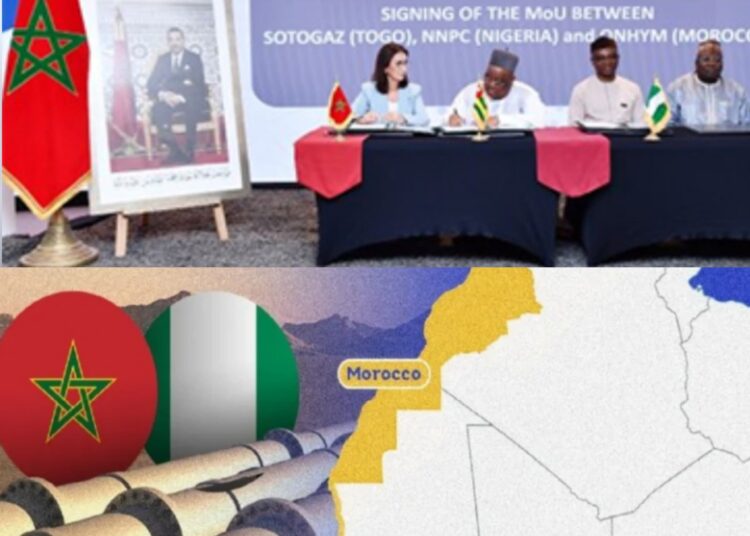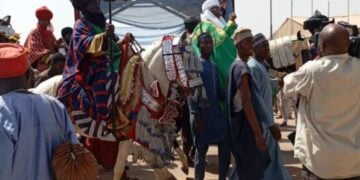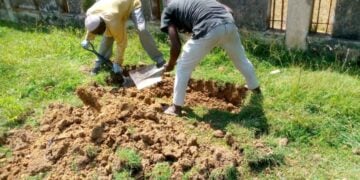The Nigeria-Morocco Gas Pipeline project has reached major milestones with recent Technical and Steering Committee meetings held in Rabat as part of the project’s governance, and in accordance with the Memoranda of Understanding (MoU) signed among national oil companies.
The meetings, organised by Morocco’s National Office of Hydrocarbons and Mines (ONHYM) on July 10-11, were to assess the project’s progress.
According to a press release from the ONHYM, the project has already reached several key technical, environmental and institutional milestones.
Detailed engineering studies for the project were completed in 2024, survey and ESIA studies for the northern section have been completed, while those for the southern Nigeria-Senegal section were underway.
The project, which will span 13 African countries, was designed to transport 30 billion cubic meters per year, and will be developed through phases.
A Project Company (Holding Company) will provide governance for the funding and construction phases of the project. It will oversee three ad-hoc companies (SPVs) for each of the identified segments.
In addition, the Intergovernmental Agreement (IGA), which specifies the rights and obligations of each country, was adopted in December 2024, at the 66th ECOWAS Summit, the press release recalled.
During the Rabat meetings, officials signed a new memorandum of understanding between three key players, namely Nigeria’s National Petroleum Company Limited (NNPC), Morocco’s ONHYM, and Togo’s National Gas Company (SOTOGAZ).
The agreement marks Togo’s official entry into the project and completes the series of partnerships with all countries along the pipeline route.
The ONHYM affirmed that the parties involved were delighted with the progress made and reiterated their willingness to continue their exemplary collaboration for achieving this structuring project.
The pipeline will start in Nigeria and run along the Atlantic coast through Benin, Togo, Ghana, Côte d’Ivoire, Liberia, Sierra Leone, Guinea, Guinea-Bissau, Gambia, Senegal, and Mauritania before reaching Morocco. From there, it will connect to the existing Maghreb-Europe Pipeline and European gas networks.
The project is also aimed to supply gas to three landlocked countries, including Niger, Burkina Faso, and Mali.
This landmark project was initiated by His Majesty King Mohammed VI and Nigerian President Bola Tinubu.
The Moroccan monarch said he sees the pipeline as a way to boost African development, improve living conditions across the region, and strengthen economic ties between African nations.
The pipeline aligns with Morocco’s broader Atlantic Initiative, which aims to increase cooperation between Atlantic-facing African countries.
Officials believed the project will give Africa a new economic, political and strategic dimension, while establishing itself as a major lever for regional integration.
The project promises significant economic and social benefits for all 13 countries along its route, potentially transforming energy access and economic opportunities across West Africa.





